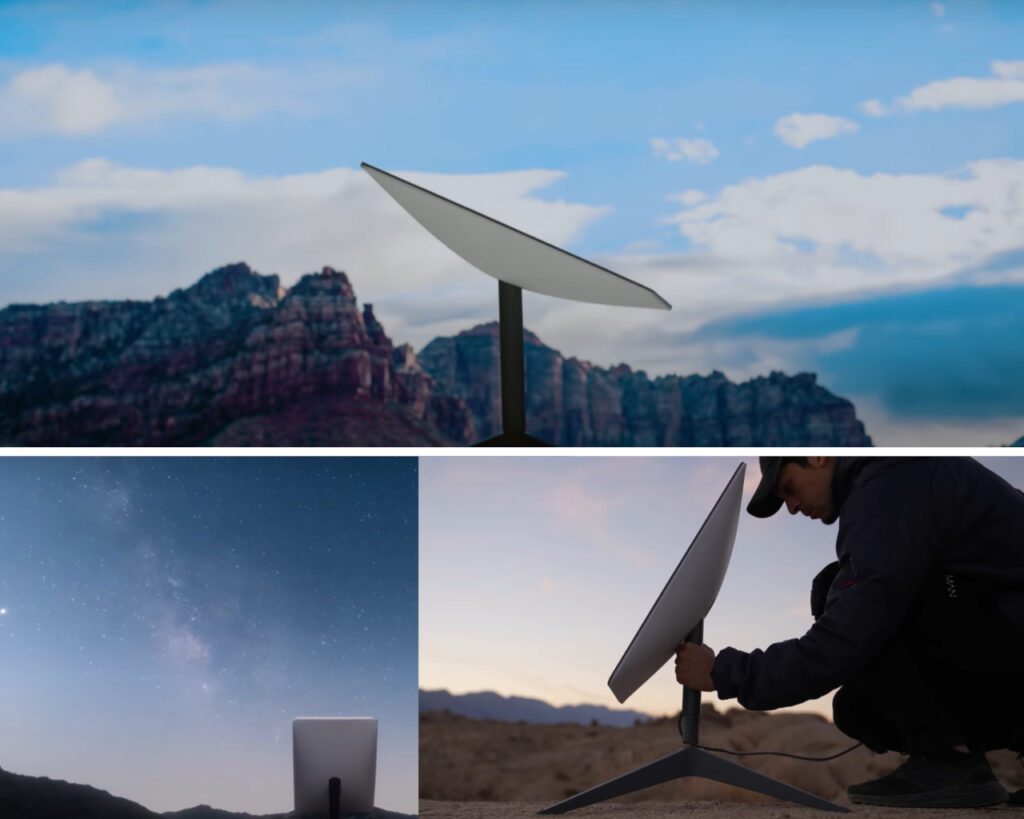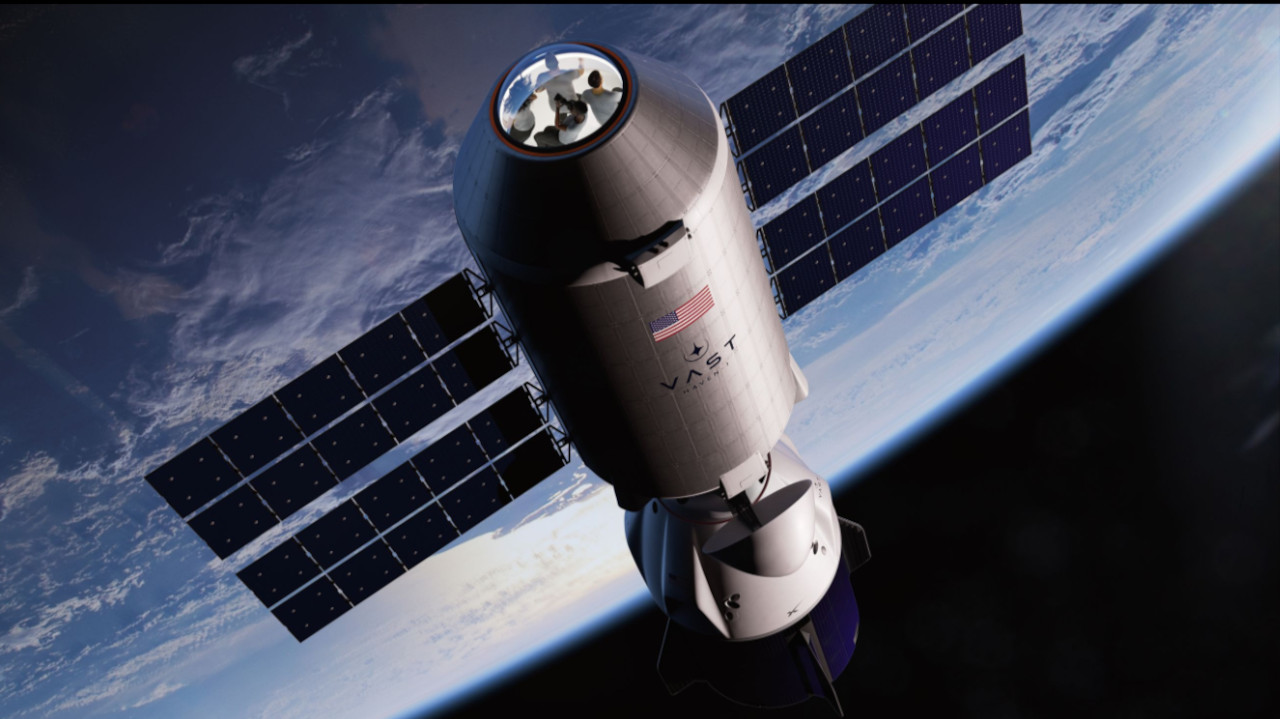Starlink is a satellite internet constellation being constructed by SpaceX, the aerospace company founded by Elon Musk. It aims to provide global broadband coverage by deploying thousands of small, low Earth orbit (LEO) satellites that communicate with ground stations and user terminals.
The Starlink satellite network is designed to overcome the limitations of traditional internet infrastructure, particularly in remote or underserved areas where access to reliable high-speed internet is limited. By placing satellites in low Earth orbit, the latency (delay) in data transmission can be significantly reduced compared to traditional geostationary satellite systems.

Starlink satellites operate at an altitude of around 550 kilometers (340 miles), which is much closer to Earth than traditional communication satellites. This proximity allows for faster data transmission speeds and lower latency. The network aims to provide high-speed, low-latency internet connectivity to users around the world, including areas where terrestrial infrastructure is challenging to deploy.

To access Starlink’s internet service, users need a satellite dish terminal (known as a “Starlink Kit”) that communicates with the orbiting satellites. The dish connects to a modem or router, which provides an internet connection to devices within a user’s home or business.

SpaceX has been actively deploying Starlink satellites in batches, launching them into orbit using their Falcon 9 rockets. At the time of this writing in September 2021, thousands of Starlink satellites have been deployed, and SpaceX has been conducting beta testing of the service in select regions.
It’s important to note that the Starlink network is still in the process of being deployed and expanded, and its availability and coverage may vary depending on the region. Continued development and expansion of the Starlink network are expected as SpaceX aims to provide global broadband coverage.

